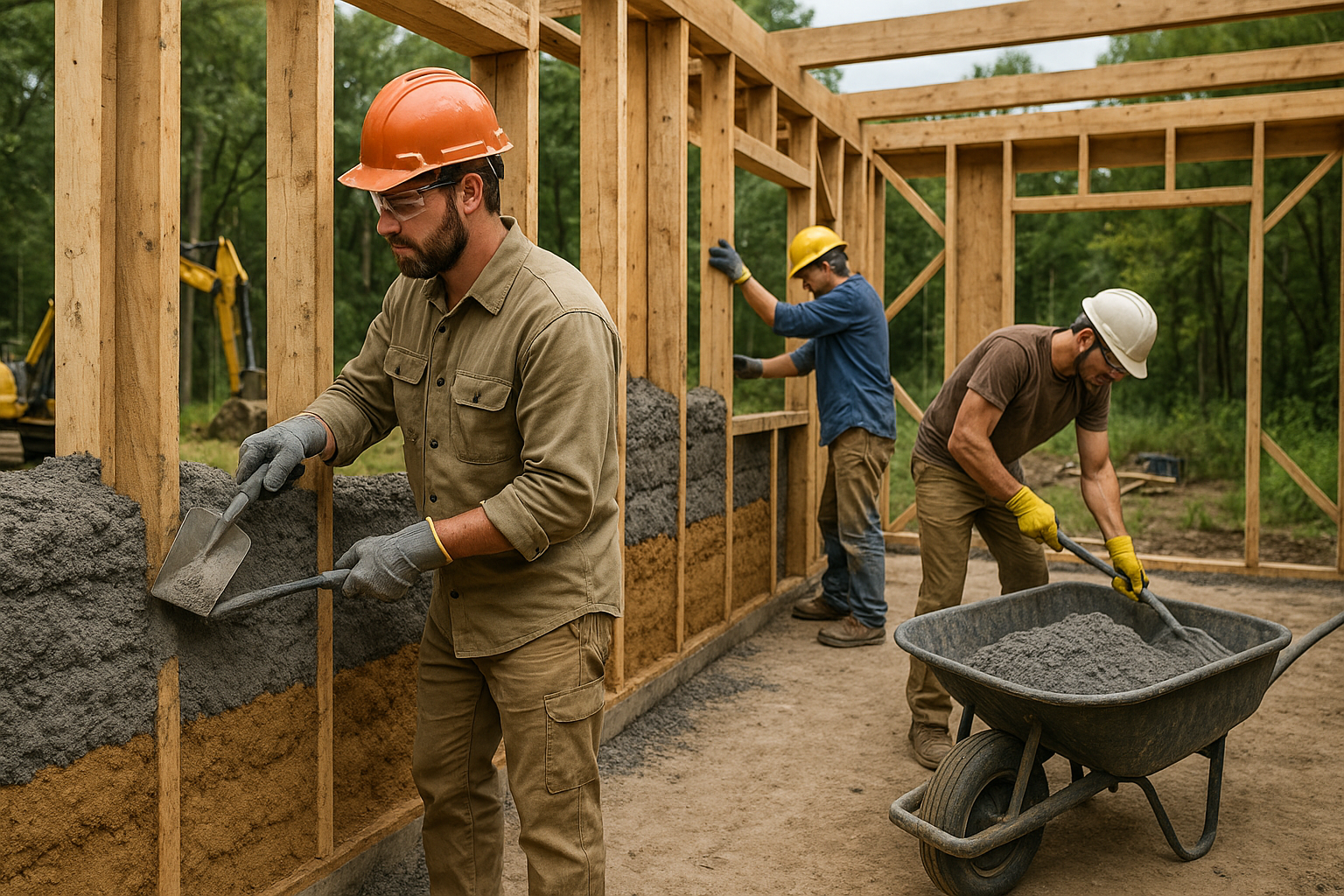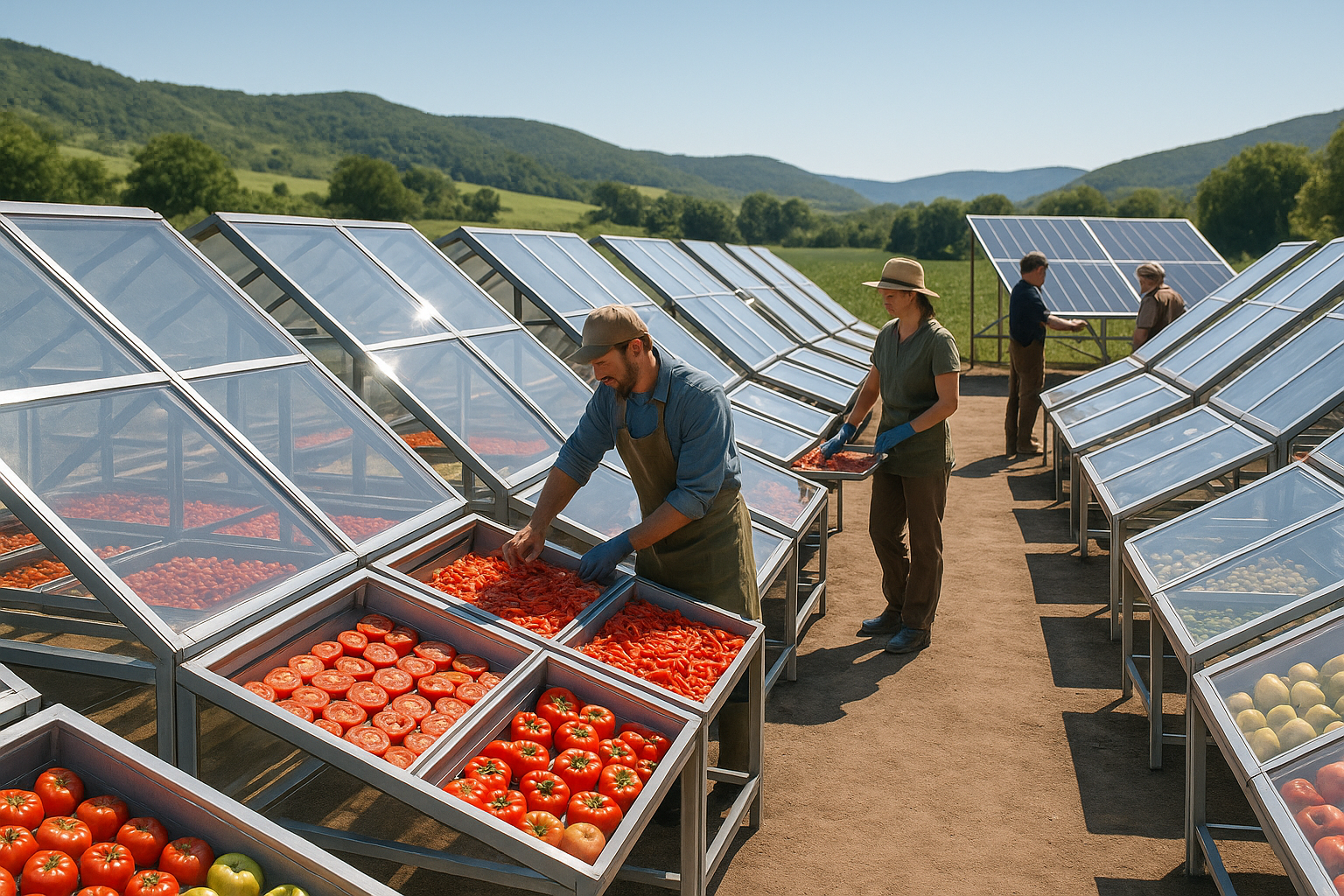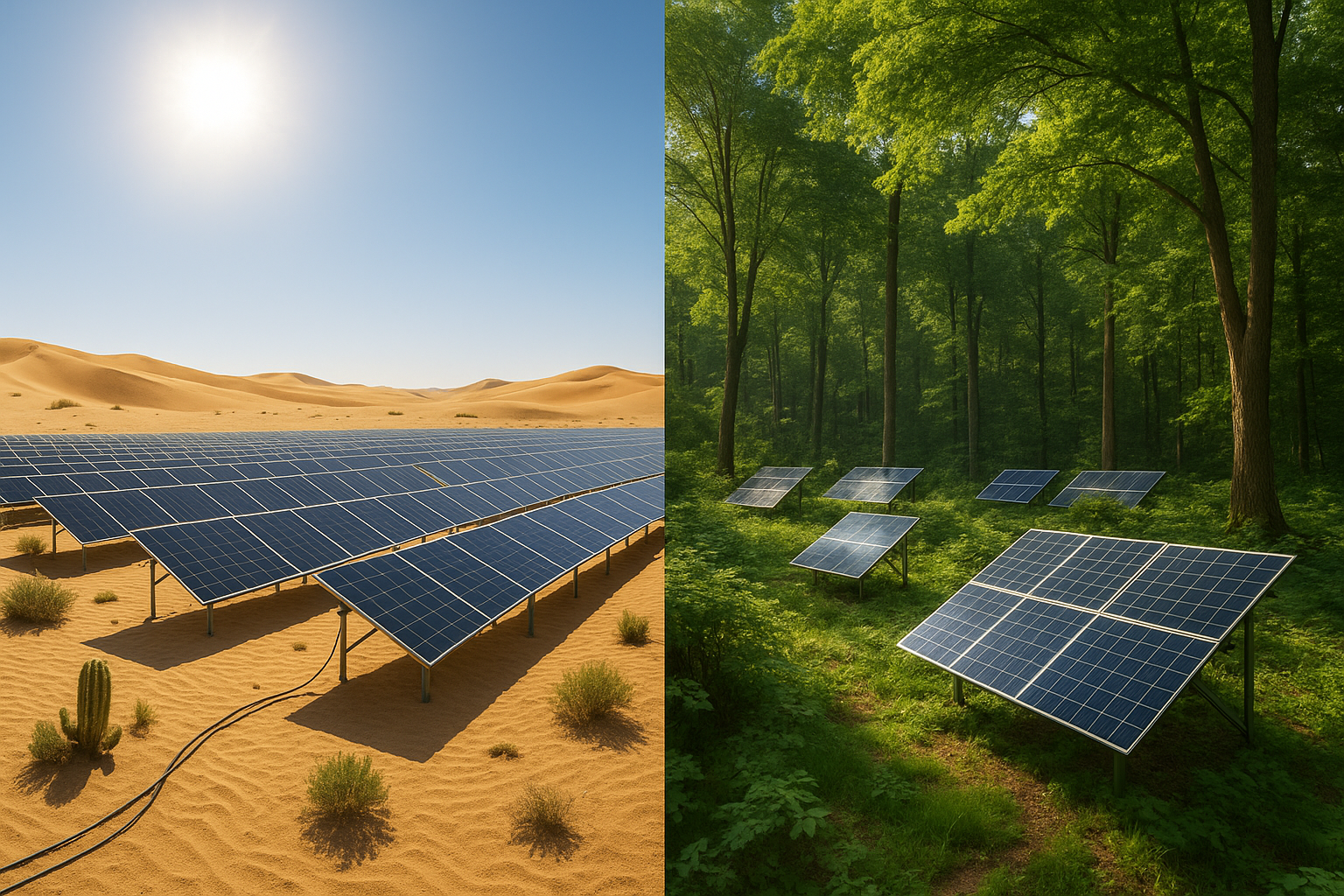In a world where sustainability is no longer a choice but a necessity, finding innovative solutions to age-old problems has become our collective mission. The realm of construction and housing is no exception. As we strive to create more energy-efficient homes and buildings, the spotlight turns to insulation—a crucial element in the quest for reduced energy consumption and increased comfort. Surprisingly, the answer to more effective insulation might just lie beneath our feet, in the humble materials of ash and dirt. 🌱
For centuries, humans have leveraged the natural insulating properties of earth-based materials, long before the advent of synthetic options. Yet, as modern technology took over, these age-old practices faded into the background. Now, as we grapple with the environmental consequences of industrialization, there’s a resurgence of interest in these traditional methods, but with a modern twist.
Imagine harnessing the power of the very ground you walk on to insulate your home—reducing energy bills, decreasing your carbon footprint, and promoting a healthier living environment. It sounds like a vision of the future, yet it’s deeply rooted in the past. By rediscovering and reimagining the use of ash and dirt, we have the potential to revolutionize the way we think about and implement insulation.
But how exactly can ash and dirt be used effectively as insulation materials? And why should you, as a homeowner, builder, or environmental enthusiast, consider them? These are the questions we’ll delve into, exploring the practical, environmental, and economic benefits that these natural materials offer.
The journey begins with understanding the insulating properties of ash. Often seen as mere waste, ash is surprisingly effective in trapping heat and preventing its escape. We’ll explore how this byproduct, frequently discarded, can be repurposed into a powerful tool for insulation. With its fine particles and ability to fill in gaps, ash not only provides insulation but also enhances the structural integrity of walls and floors.
On the other hand, dirt—or more specifically, earth—has been a staple in natural building for centuries. From adobe homes in arid regions to cob structures in temperate climates, earth has proven its worth as an insulator time and again. We’ll examine the science behind this, looking at how dirt naturally regulates temperature and humidity, creating comfortable and energy-efficient living spaces.
As we navigate through these topics, it’s essential to address the modern innovations that enhance these traditional materials. Technology has allowed us to refine the use of ash and dirt, integrating them into contemporary building practices seamlessly. We’ll discuss how combining these materials with modern techniques results in superior insulation solutions that are both cost-effective and sustainable. 🔧
Of course, no discussion on insulation would be complete without considering the environmental impact. In an era where every decision is weighed against its ecological footprint, the use of natural materials like ash and dirt offers a compelling case for sustainability. By choosing these materials, we reduce reliance on non-renewable resources and minimize pollution. We’ll look at real-world examples of how communities around the globe are already benefiting from these choices, setting a precedent for others to follow.
Finally, we’ll touch upon the economic implications. At first glance, one might assume that using natural materials could be costly or impractical. However, the reality is quite the opposite. By reducing energy bills and increasing the longevity of structures, the initial investment in ash and dirt insulation often pays for itself. We’ll present case studies and expert insights to showcase the financial viability of these methods.
In the end, the fusion of traditional wisdom and modern innovation offers a promising path forward in the quest for energy efficiency. As we explore these themes, consider how you might incorporate the power of ash and dirt into your next building project, embracing both the past and the future in your pursuit of sustainability. Together, we can make a difference—one home, one building, one community at a time. 🌍

Conclusion
Throughout our exploration of “Earthly Efficiency: Harnessing the Power of Ash and Dirt for Insulation Success,” we’ve delved into the innovative and sustainable methods of using natural materials such as ash and dirt for insulation purposes. This conclusion aims to succinctly recapture the essence of our discussion, emphasizing the critical takeaways and encouraging further engagement with the topic.
At the heart of our analysis was the recognition that traditional insulation materials, while effective, often come with significant environmental costs. The production processes for these materials can contribute to carbon emissions and other ecological impacts. In contrast, using naturally occurring substances like ash and dirt presents a compelling alternative that aligns with eco-friendly practices and sustainable development goals.
Firstly, we examined the historical context of using earth-based materials for insulation. This is not a novel concept; civilizations throughout history have relied on the earth’s resources for constructing and insulating their homes. Today, this practice is being revitalized with modern technology and understanding, creating a bridge between ancient wisdom and contemporary needs.
The effectiveness of ash and dirt as insulators lies in their natural properties. Ash, a byproduct of combustion processes, possesses excellent thermal resistance and can be repurposed effectively, reducing waste. Dirt, when compacted, provides a robust thermal mass that can maintain stable indoor temperatures by absorbing, storing, and gradually releasing heat. These materials are not only abundant but also incredibly versatile, providing practical and aesthetic benefits when used in construction.
Moreover, utilizing ash and dirt contributes to a circular economy model, where waste products are reincorporated into the production cycle. This approach not only minimizes waste but also reduces the need for extracting new raw materials, thus preserving natural resources. The environmental impact is significantly lessened, making it a viable option for sustainable construction practices.
In terms of practical application, our discussion highlighted several case studies and projects where these materials have been successfully implemented. From residential buildings to community projects, the adaptability of ash and dirt in various climates and settings is evident. These examples underscore the potential for widespread adoption, inspiring architects and builders to consider these resources as feasible options in their projects.
The economic advantages cannot be overlooked either. As these materials are often locally sourced, the cost of transportation and acquisition is reduced, making them an economically viable choice, particularly in developing regions. The reduced reliance on industrially produced materials also contributes to overall cost savings.
Despite the numerous benefits, challenges remain. The perception of ash and dirt as inferior or rudimentary materials must be addressed through education and demonstration of their efficacy. Additionally, establishing standardized methods and guidelines for their use in construction can facilitate broader acceptance and integration into the building industry.
🌍 In conclusion, the use of ash and dirt for insulation is not merely an environmentally conscious choice; it is a step towards a sustainable future where building practices align with the planet’s ecological balance. The significance of this topic extends beyond environmental benefits; it touches upon cultural heritage, economic viability, and innovative potential in the construction sector.
We encourage you to explore this topic further, share these insights with your community, and consider how you might incorporate these practices into your own life or professional endeavors. Every small step towards sustainable living counts, and your engagement can inspire others to rethink their approach to building and insulation.
For more detailed information and additional resources, you can explore these active links:
- Sustainable Construction with Ash and Dirt
- Circular Economy and Building Materials
- Case Studies in Eco-Friendly Insulation
Thank you for joining us on this journey of discovery. Your feedback and thoughts are invaluable to us, so please leave a comment below or share this article with others who might be interested. Let’s work together to build a more sustainable and efficient future! 🌱
Toni Santos is a practical visual researcher and culinary historian dedicated to the art and science of survivalist cooking. Through a hands-on and detailed lens, Toni explores traditional and improvised food preparation techniques designed for resilience in extreme and resource-scarce environments. His journey is rooted in a fascination with how humans have adapted their cooking methods to survive—and thrive—in the wild, during crises, and off the grid. From open-fire smoking to solar ovens and fermentation in makeshift containers, Toni’s work uncovers time-tested strategies that transform simple ingredients into vital nourishment. With a background in ethnography and applied survival skills, Toni documents the tools, recipes, and rituals that sustain body and spirit when convenience disappears. His research connects ancient wisdom with modern survivalist innovations, highlighting the interplay of resourcefulness, nutrition, and cultural knowledge. As the creative mind behind Vizovex, Toni shares step-by-step guides, visual tutorials, and thoughtful articles that empower readers to master cooking techniques essential for preparedness, self-reliance, and outdoor living. His work is a tribute to: The ingenuity behind emergency and off-grid cooking The cultural heritage of survival food traditions The art of transforming basic resources into life-sustaining meals Whether you’re a prepper, an outdoor enthusiast, or simply curious about food’s role in survival, Toni welcomes you to explore a world where every flame, tool, and ingredient tells a story of endurance and care.




